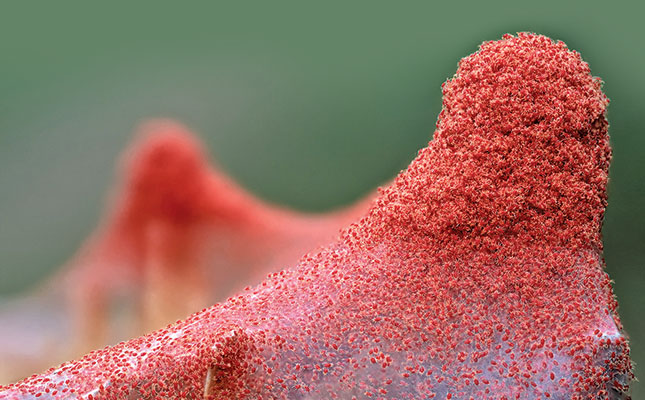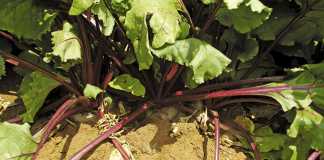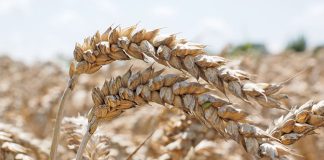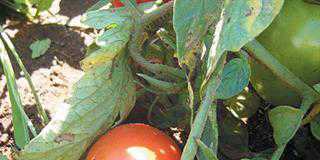
Photo: Paul Donovan
Scientific name: Tetranychus Urticae
Family: Tetranychidae
Distribution: Worldwide
The body, which is covered with long, fine, pale hairs, is soft and rounded or teardrop-shaped.
There are eight legs. Although referred to as the red spider mite, it can occur in other colours, including green, yellow and orange.
The spider mite produces silk and spends its time beneath the leaf of the plant, protected by its silken web. It typically lives for slightly more than a month.
The mite feeds on citrus and other fruit, squashes, melons, tomatoes, beans, ornamental plants, grasses, wheat, clover, cotton, and coffee.
As it is very small, it may go undetected until serious damage is done to the plant. Disruption of photosynthesis leads to stunted growth and lower yield.
Although it usually feeds on the lower surface of the leaf, the entire leaf can be covered during a heavy infestation.
The spider mite has piercing mouthparts, which it uses to suck up the cell contents from the leaves. If the pest occurs only in small numbers, the plant may suffer little harm. Large infestations, however, can cause serious damage.
At first, pale dots appear on the leaf. Eventually, the leaf may turn yellowish-brown and drop off. It may also curl, wilt or be stunted.
The leaves, fruit and twigs, are often covered in fine silk webbing. The plant may be less resilient to attack from red spider mite if it is water-stressed.
Reproduction
The female normally lays one tiny, round egg at a time – and at least six or seven per day – on the leaves, twigs or bark of the host plant.
She may lay up to 100 eggs in her lifetime. Depending on the temperature, hatching occurs in three to seven days. The larva has six legs and is often pinkish or yellowish in colour.
Chemical controls
Although broad-spectrum pesticides are widely used, they often do more harm than good by killing the spider mites’ natural enemies.
These include predatory mites (they have longer legs than spider mites), predatory thrips, ladybirds, lacewing larvae, and some predatory flies. Killing these predators can lead to an increase in spider mite numbers.
Studies have also found that insecticides containing carbaryl can increase nitrogen in the leaves, causing an even greater red mite infestation.
Alternative methods
Spraying with water or insecticidal soap is one of the most effective means of ridding the plant of this pest, as spider mites do not like moist conditions. If mites persist, neem oil can be used.
Weeds should also be removed from the surrounding crop as these may act as a secondary food source. for the red spider mites.
This series is primarily a guide to identify pests. Control methods discussed are merely suggestions. For help with area- or crop-specific measures, consult your agricultural extension officer.
Paul Donovan, a Botswana-based biologist, promotes the use of biological control agents.













